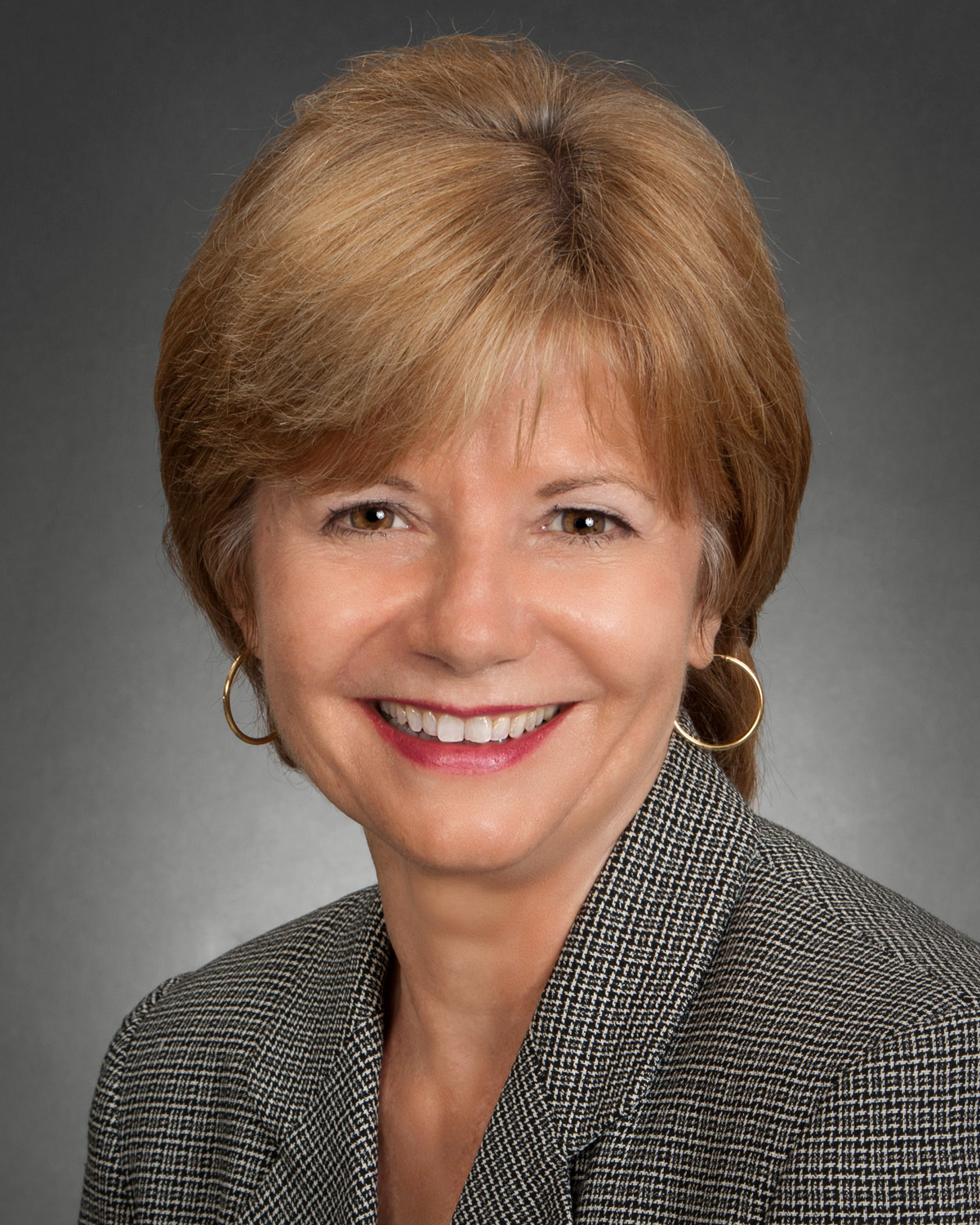Nov. 14 through 18 is American Education Week, an initiative of the National Education Association to celebrate and honor the teachers, administrators, parents and all individuals who make a difference in ensuring that every child receives a quality education.
This week has a special place in my heart, as I took an unconventional path to becoming a financial advisor. I began my career as a math teacher in a district outside of Houston. After nine years, I became a mother and began to reassess my career path. I loved teaching, but wanted a change and a career with more flexibility and the ability to manage myself. So, I quit teaching and began working with my old school district on employee retirement plans. It was a smooth transition, as I already had a strong math background, an affinity for educating others, a familiarity with retirement options available to teachers from the other side of the table, and the trust of my former colleagues.
 Very shortly, nearly everyone in the district, from the superintendent to the teachers to the custodians, worked with me for the implementation of their retirement plans. I led seminars within the district, educating the employees on plan nuances and strategies. Over time, these clients wanted more. They began asking me about life insurance policies and other financial planning tools. My practice naturally evolved from there, as I completed training in life insurance, obtained my licenses on the securities side, and ultimately moved into comprehensive financial planning.
Very shortly, nearly everyone in the district, from the superintendent to the teachers to the custodians, worked with me for the implementation of their retirement plans. I led seminars within the district, educating the employees on plan nuances and strategies. Over time, these clients wanted more. They began asking me about life insurance policies and other financial planning tools. My practice naturally evolved from there, as I completed training in life insurance, obtained my licenses on the securities side, and ultimately moved into comprehensive financial planning.
While my practice has expanded since the days of working exclusively with educators, our passion for serving clients in the education space remains, and over the years have learned several financial planning best practices.
A Complex Picture
Between 403(b) plans, Roth 403(b) plans, 457(b) plans, pensions, Social Security and individual investments, school employees can have complex retirement pictures that require some creativity and vision on the part of financial advisors to piece together.
Employees of public schools should consider taking advantage of defined contribution plans such as 403(b) and 457(b) plans, which both offer significant tax advantages. Choosing the right plan for a particular educator will depend on many specifics about their unique circumstances. In some cases, the type of retirement account will be dictated by the type of school. Full-time public school and tax-exempt private school employees are eligible for 403(b) plans. Many public school employees are also eligible for 457(b) participation, and some highly compensated private school employees may also be able to contribute to a 457(b) account.
While employers can make matching contributions to 403(b) plans, that is rarely the case for 457(b) plans. Yet 457(b) plans may be the optimal choice for folks considering an early retirement. 457(b) distributions can be taken without penalty once leaving your job, even if you haven’t yet reached that magic number of 65.
In either scenario, advisors often need to take on the role of teacher and work with clients to help them understand and appreciate the value of contributing pretax dollars and growing their investments tax deferred and to explain the advantages and disadvantages of their different options.
Focus on Goals
When working with any clients, it’s important to begin planning conversations with a focus on goals; not just financial goals, but personal, emotional and social goals as well. These can all play a role in the path that clients should take to pursue their financial success. For instance, many of my clients decide to work part-time in retirement, not because they need to, but because they want the socialization that comes from part-time work. After spending their whole lives showing up to work every day, many clients simply have not had time to develop hobbies or delve into volunteer work. They may not have spent more than a few hours a day with their spouse. Transitioning to free time 24 hours a day, seven days a week can be an unsettling and unwelcome change. Easing into retirement through part time work offers many emotional and social benefits for clients, and it can impact the type of retirement account they should choose.
Teachers who know early in their retirement planning that partial retirement is a goal may consider investing in a 457(b) plan, if available to them. Beginning these conversations about long-term goals early can help clients make the choices to have more options down the road.
Long-Term Care
Many people find it difficult to discuss long-term care planning and the blows that unexpected health problems can deliver to well-laid plans. This conversation, however, is crucial to any planning discussion, maybe particularly for teachers. According to the National Center for Education Statistics, approximately 76 percent of public school teachers are female. In my experience, women are often more open to long-term-care conversations, as they often take on caregiver roles when long-term care is needed. Luckily, this makes the conversation a little easier.
Once again, working with educators often requires thinking outside the box. While clients with millions of dollars in assets may be able to fund their own long-term care needs, advisors to educators need to think beyond traditional long-term-care policies and explore the other options available.
Putting It All Together
As we applaud our nation’s educators this week, let’s consider what we can do as advisors to best support them. Let’s educate ourselves on the ins and outs of this niche market so that we can serve our nation’s teachers like they serve our students.
Bridget Yeung is principal of Fort Bend Financial in Sugarland, TX. She is a registered representative offering securities and advisory services through Lincoln Financial Securities Corporation, Member SIPC.





